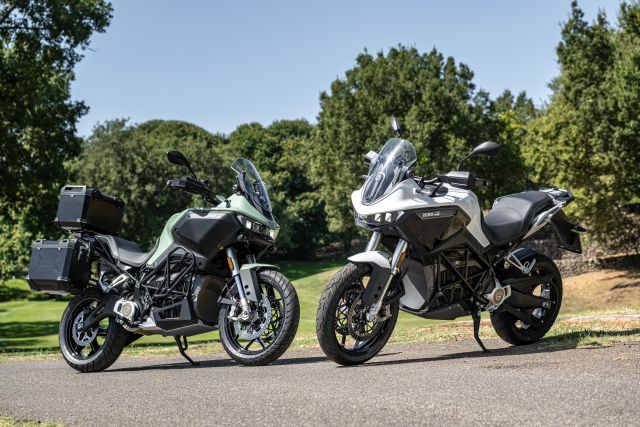The QJMotor SRC 250 is the manufacturer’s entry-level product and it also happens to be the most accessible parallel-twin motorcycle in India.
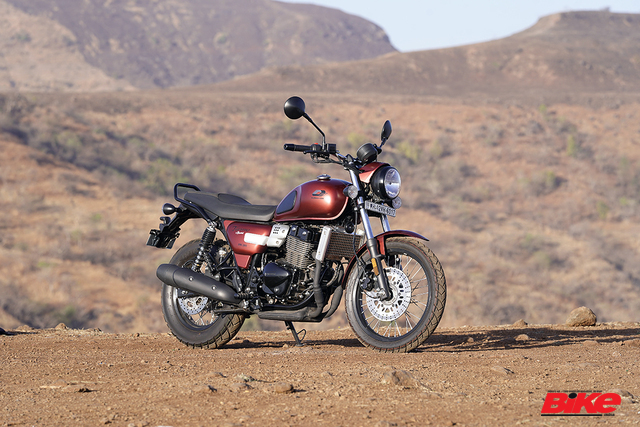
Best Bikes in India | No.1 Two Wheeler Magazine
The QJMotor SRC 250 is the manufacturer’s entry-level product and it also happens to be the most accessible parallel-twin motorcycle in India.

The Ducati Streetfighter V2 promises to be brutal but as a street motorcycle, it must also be at home on the road. We find out how it fares in town.
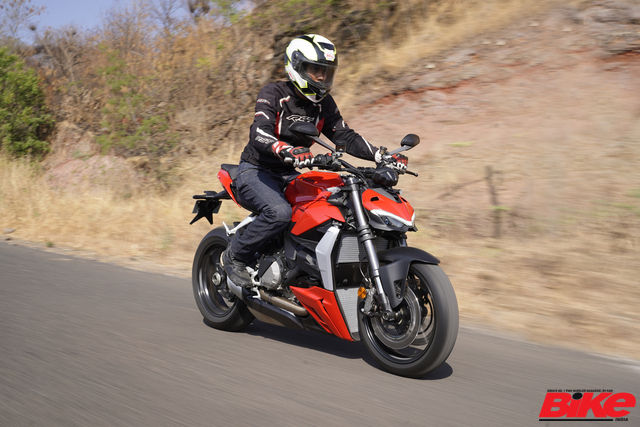
With the W175, Kawasaki have re-introduced themselves as a manufacturer that does not shy away from radical decisions. We find out how cool this old-school motorcycle is.
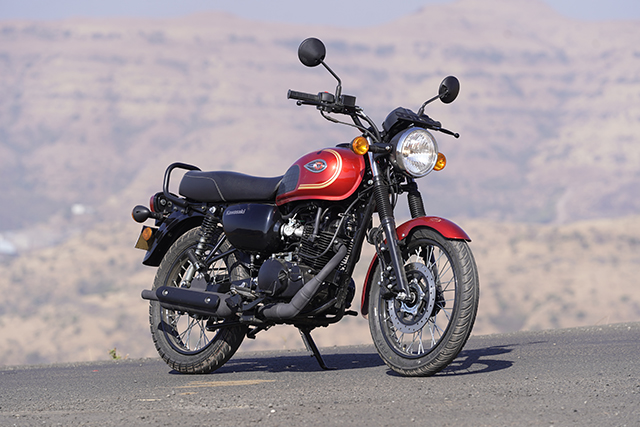
Honda celebrate the 30th anniversary of the legendary CBR900RR Fireblade with an Anniversary edition. We take it for a track-only ride on Donington Park, the most slippery racetrack in Britain.
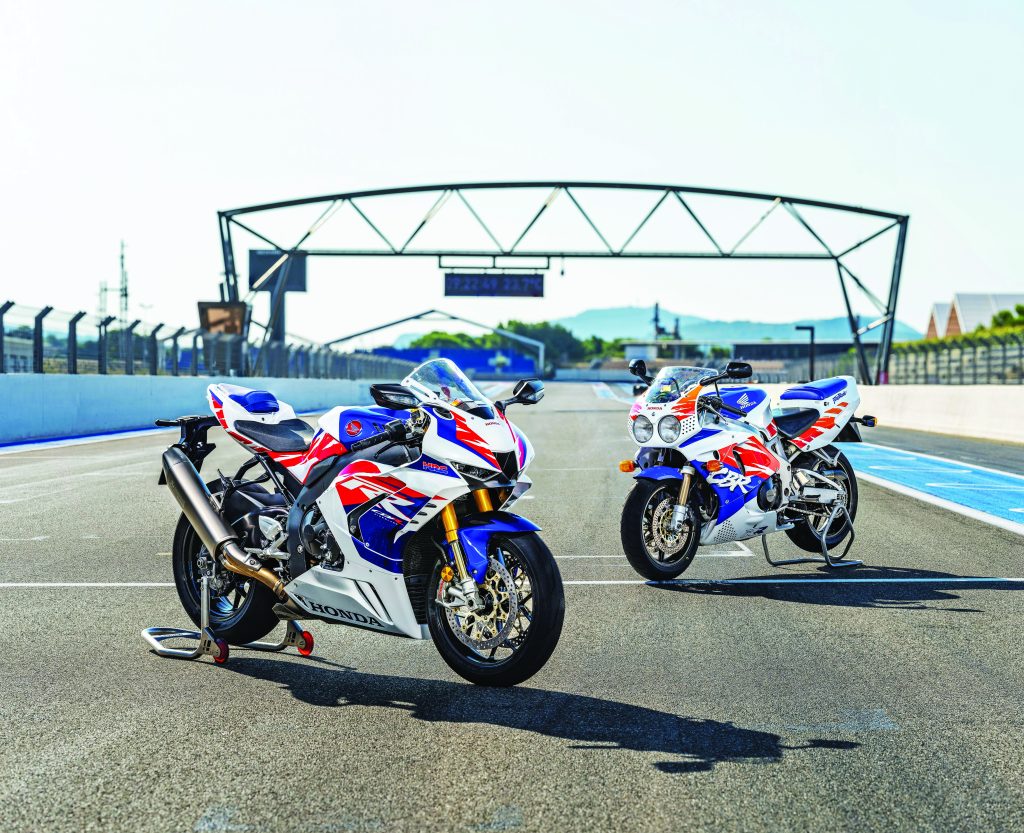
‘This is the most potent Zero to date, with more torque than the sporty Zero SRS, if a little down on peak power. It also has far more torque than its closest electric rival, the Energica Experia (115 Nm) and kicks sand in the face of any petrol-driven adventure bike. Zero claim a top speed of 180 km/h, which is identical to the Energica’s.’ We rode this bike in Sicily.
